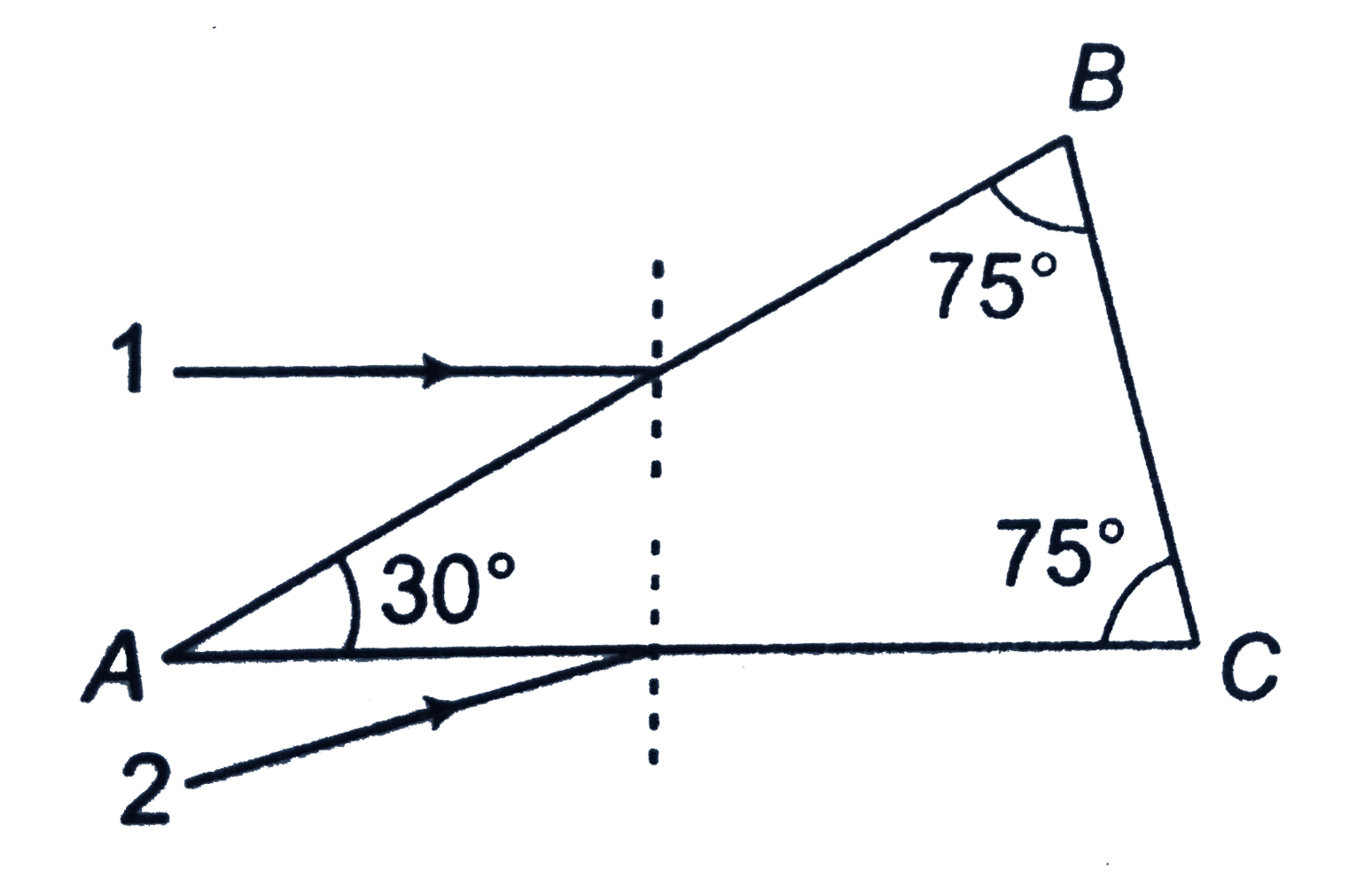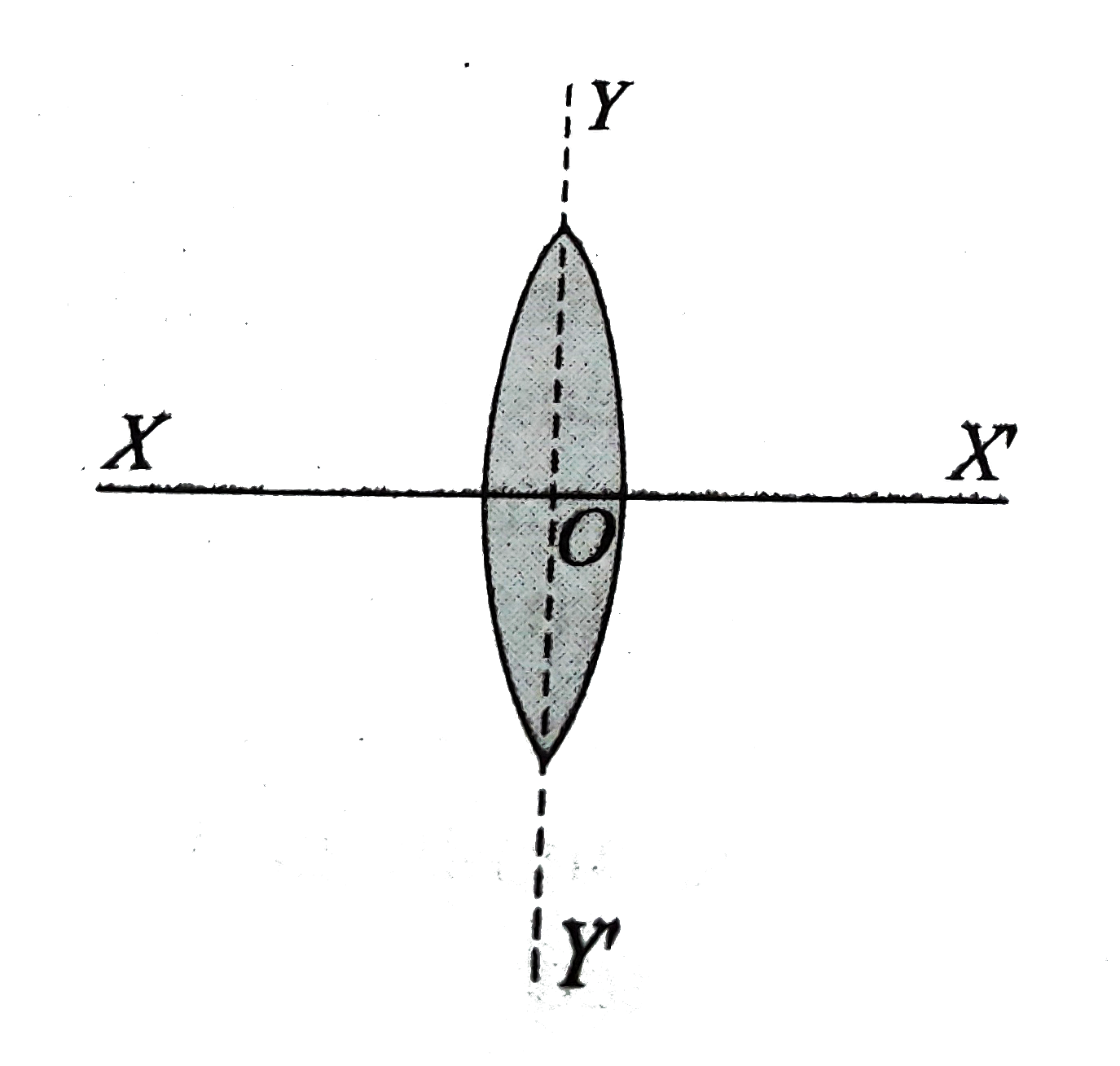Telescopes are placed in space to view distant galaxies
primarily to
a get closer to the observed objects
b avoid the absorption of light of other radiations in the
atmosphere of the earth
c avoid light pollution from the earth,s populated areas
d avoid steering the telescope against the earth's motion
The correct Answer is:B
The atmosphere prevents correct observation due to
refraction and along eith light pollution. Telescopes
in space are able to provide accurate important details
so there for you can see much better.
Topper's Solved these Questions
Similar Questions
A telescope has an objective of diameter 60cm. The focal lengths of the objective and eye piece are 2.0mand1.0cm. Respectively. The telescope is directed to view two distant almost point sources of light (e.g. two stars of a binary). The sources are roughly at the same distance (104 light years) along the line of sight, but separated transverse to the line of sight by a distance of 1010m. Will the telescope resolve the two objects ?
View SolutionA simple telescope used to view distant objects has eyepiece and objective lens of focal lengths fe and f0, respectively. Then
Column IColumn II(A)Intensity of light(P)Radius of aperature Rreceived by lens(B)Angular magnification(Q) Dispersion of lens(C) Length of telescope(R) focal length f0,fe(D) Sharpness of image(S) spherical aberration
View Solution
Knowledge Check
Spread of cancerous cells to distant places is
AMalignancyBMetastasisCMutationsDBenign tumourA telescope (f0=140cm,fe=5cm) is used to view a distant tower 100 m high situated at a distance 3 km. The tower is made of iron channels consisting rectangular grades of approximate size 2×2 m each in the image formed by telescope's objective , each square channel will appear to be of area
A100cm2B86cm2C70cm2D60cm2Substances formed at one place and expressing effect at a distant place are called
APheromonesBEnzymesCWBCDHormones
A simple telescope used to view distant objects has eyepiece and objective lens of focal lengths fe and f0, respectively. Then
Column IColumn II(A)Intensity of light(P)Radius of aperature Rreceived by lens(B)Angular magnification(Q) Dispersion of lens(C) Length of telescope(R) focal length f0,fe(D) Sharpness of image(S) spherical aberration
View SolutionThe _____ telescope is used to observe distant objects on the earth's surface.
View SolutionTwo convex lenses placed in contact form the image of a distant object at P. If the lens B is moved to the right, the image will

View SolutionTwo convex lenses placed in contact form the image of a distant object at P. If the lens B is moved to the right, the image will

View SolutionIn a given question below is a statement followed by two conclusions numbered I and II. You have to assume everything in the statement to be true, then consider the two conclusions together and decide which of them logically follows beyond a reasonable doubt from the information given in the statement.
Give answer
(a) if only conclusion I follows, (b) if only conclusion II follows,
(c) if either I or II follows,
(d) if neither I nor II follows: and
(e) if both I and II follow
Statement: In a highly centralised power structure, in which even senior cabinet ministers are prepared to reduce themselves to pathetic countries or yesmen airing views that are primarily intended to anticipate or reflect the Prime Minister's own performances, there can be no place for any consensus that is quite different from real or contrived unanimity of opinion, expressed through a well orchestrated endorsement of the leader's actions.
Conclusion: I. The Ministers play safe by not giving anti government views.
Il. The Prime Minister does not encourage his colleagues to render their own views.
View Solution
